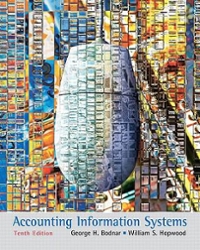Question
Exhibit 1.22 presents common-size and percentage change balance sheets and Exhibit 1.23presents common-size and percentage change income statements for Walmart for fiscal years ended January
Exhibit 1.22 presents common-size and percentage change balance sheets and Exhibit 1.23presents common-size and percentage change income statements for Walmart for fiscal years ended January 31, 2014, 2015, and 2106. The percentage change statements report the annual percentage change in each account from fiscal 2013 to 2014, and from fiscal 2014 to 2015.1.The percentage changes in prepaid expenses and other current assets jumped up 16.5% in fiscal 2014 and then fell by 35.2% in fiscal 2015. Did the changes in the dollar amounts of this account have a huge impact on total assets (see Exhibit 1.22)? Explain.2.During this three-year period, how did the proportion of total liabilities change relative to the proportion of shareholders' equity? What does this imply about changes in Wal-mart's leverage?

Step by Step Solution
There are 3 Steps involved in it
Step: 1

Get Instant Access to Expert-Tailored Solutions
See step-by-step solutions with expert insights and AI powered tools for academic success
Step: 2

Step: 3

Ace Your Homework with AI
Get the answers you need in no time with our AI-driven, step-by-step assistance
Get Started


